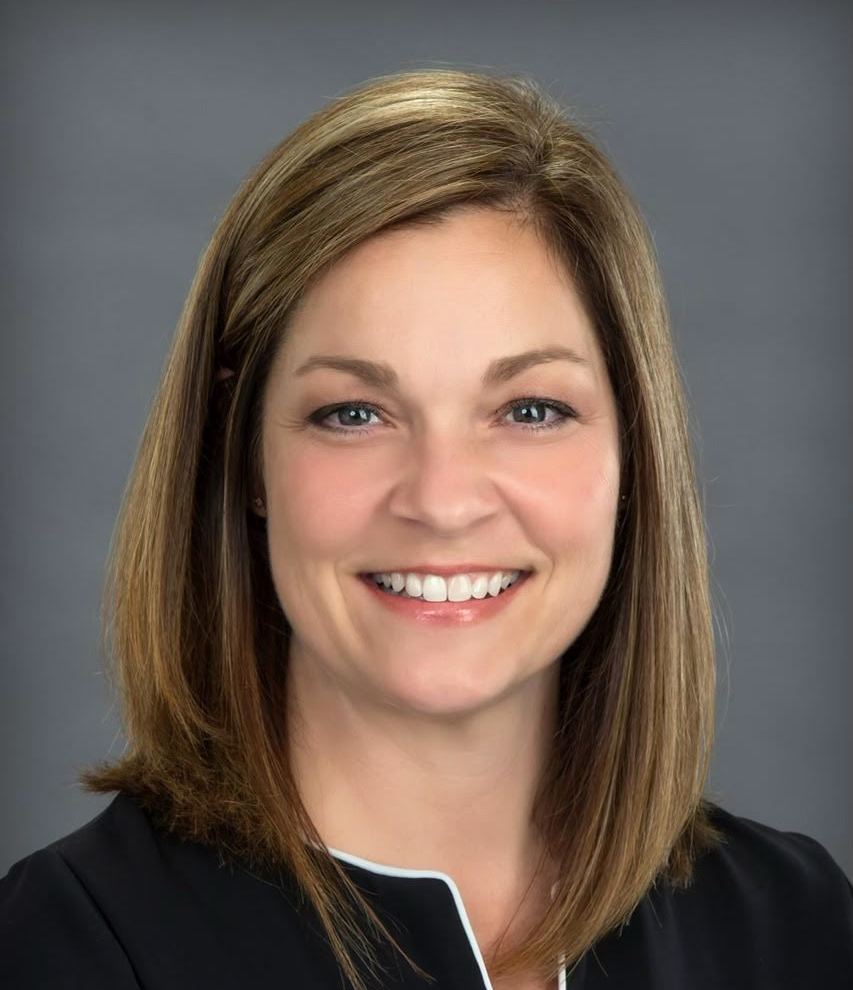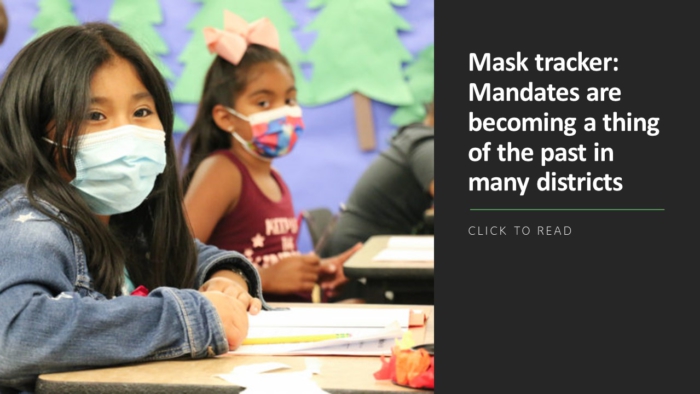
When I joined our district, I became the first full-time communications officer. I came into the position not fully understanding how the district communicated to its key stakeholders but quickly learned that, for the most part, most of the district’s knowledge of communications from school site to school site was based on assumptions.
The district lacked a strategic communications plan and school sites were mainly left to their own devices to relay important information to families. Schools communicated with parents but most of the communications were either paper- or phone call-based — which isn’t the most effective way to communicate with families these days.
Ready for a change, we completed a districtwide audit of our communications program in 2019 and met with nearly every parent group and every principal over several weeks. We uncovered where the district’s communications were falling short, and during the pandemic, it became evident that we needed to move to a unified communications platform for greater efficiency, engagement, and improved communications.
Here are three signs that we knew it was time to make a move:
1. We didn’t know whether messages were being delivered and read. Equity is a major consideration in education today. If we’re going to achieve equity in academics, we need equity in our communications. But how many times does that paper get stuck in the bottom of the backpack? If you have no analytics to tell you that the note actually made it home, then how do you know that it did? I knew that it was not enough to say, “Hey, we sent the message.” Our responsibility is to know that the message is delivered and that it gets looked at. And if it wasn’t, then it’s our responsibility to go back and do the homework and figure out why not.
RELATED: 30 questions to ask when selecting a unified district communication platform
2. Communications were decentralized. When you have 22 schools communicating in 22 different ways, you cannot efficiently and effectively support that decentralized communication process. Everyone’s doing something different. If you have parents with kids at multiple schools—which is the case in every district — it’s confusing for a parent to say, “Oh, okay. Well, Washington Elementary communicates with me on this app, and Grant Middle School does it in this way. And then the high school calls.” That just frustrates our parents when our job is to serve them and communicate with them, which is why we started using the ParentSquare school-home unified communications platform. It’s one platform that enables consistency regardless of which school a student attends. Parents receive messages in the same way, regardless of where their children are, and it also helps parents recognize that there’s something wrong if they’re not getting messages from somewhere. In the past, they wouldn’t have any idea key messages and information were missing.
3. Parents are disconnected from their students’ classrooms. Consistent communication helps parents be part of their child’s academic journey. When we can better understand if and when a parent is receiving communication from us, we’re helping students achieve more because they have empowered parents and guardians. At the end of the day, it’s about focusing on the student. Now, when we send home a newsletter, parents feel connected — some may even think, “Well, maybe I don’t know how to teach my child math, but I know who can help them.” The majority of our parents genuinely feel like they are a part of the fabric of this school community. It’s amazing.
Since we did our initial evaluation process, I have learned about this free resource, School Communications Self-Assessment tool, which allows school leaders to not only benchmark their school communications against current best practices in K-12 but improve their ongoing efforts.
Making sure we can adapt to the evolving school environment and keep everyone informed requires sharing information with our families as quickly and effectively as possible. That’s why we will continue to closely monitor and evaluate whether or not our current communications strategies are getting the job done.
Renee Delport is the School to Home Communications Officer for Kings Canyon Joint Unified School District in Reedley, CA.
More from DA









